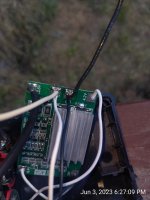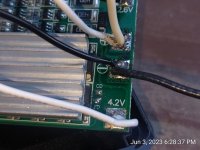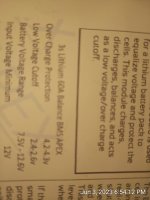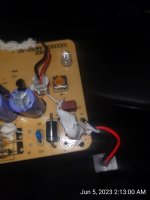MarkJohnston
10 kW
- Joined
- Mar 25, 2021
- Messages
- 620
My little brother has a battery and we want to revive it. His bike was stolen at work, he took the battery inside with him, thief did not get battery. He has left the battery sitting in his room for years and now it is dead. It's a 54.6 volt battery 10.5 A. IT is 13s3P I believe. The voltage is super low as he neglected to charge it. The battery no longer will charge with the charger. However I am hoping that perhaps the BMS drained the battery. Usually the BMS is only hooked up to the one of the cells groups.
I have seen instructionals online before that if I cut open the battery and located the dead cell group and put it on a TRICKLE CHARGER (100 mA) that I can revive the dead cell group just enough to enable charging to happen. IT was stated that this is a trick to trick the BMS. They used a bench power supply, I however DO NOT have a bench power supply, but I did just buy this off ebay! WIll this work? I do not want to have to spend $400 for a bench power supply (I will not cheap out on one for this! I will wait till I save enough for the BIG guns! No budget BPS for me!) This little driver has constant current and voltage! How about I use this outside to get the job done?
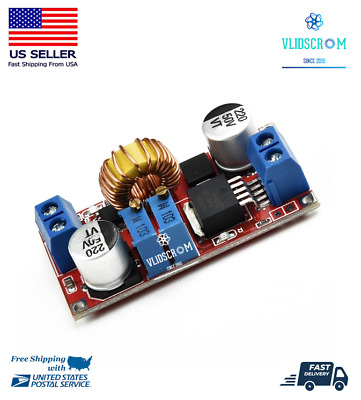
Also what if we wait any longer to do this? WIll the voltage get so low that we can no longer try and revive the pack?
I have seen instructionals online before that if I cut open the battery and located the dead cell group and put it on a TRICKLE CHARGER (100 mA) that I can revive the dead cell group just enough to enable charging to happen. IT was stated that this is a trick to trick the BMS. They used a bench power supply, I however DO NOT have a bench power supply, but I did just buy this off ebay! WIll this work? I do not want to have to spend $400 for a bench power supply (I will not cheap out on one for this! I will wait till I save enough for the BIG guns! No budget BPS for me!) This little driver has constant current and voltage! How about I use this outside to get the job done?

5A DC-DC Constant Current Voltage Regulator Buck Step Down Converter 4-38V | eBay
Output current: Max. 5A (adjustable). Therefore, the battery must be used at the beginning. Use as a high-power LED constant current driver module. Short circuit protection: Yes (limited current 8A).
www.ebay.com
Also what if we wait any longer to do this? WIll the voltage get so low that we can no longer try and revive the pack?


